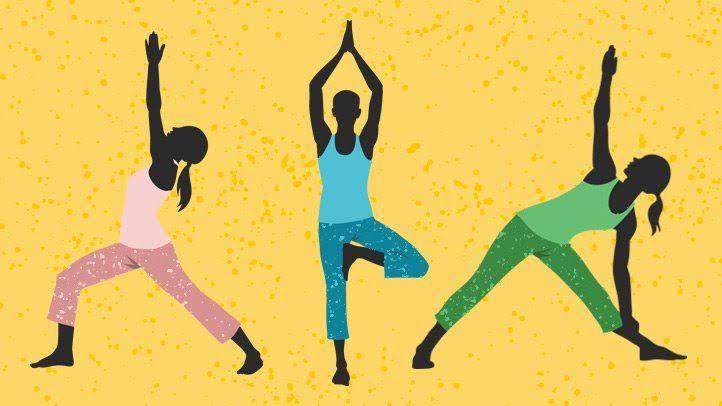The Covid-19 pandemic has caused a variety of troubles in people’s lives; some have experienced physical health issues, while others have been overwhelmed by mental health issues.
More than half of India’s employed professionals, according to a recent LinkedIn research, are anxious at work. According to the report, this is a problem that affects 55% of working professionals. From July 31 to September 24, 2021, India’s general workforce confidence remained stable with a composite score of above 55, but the recent 18 months have negatively impacted the mental health of working professionals in the country, according to the survey answer of 3,881 professionals.
Professionals must maintain a healthy mental lifestyle in order to boost their productivity and growth.
Here are some suggestions for reducing tensions:
Yoga:

Yoga is a form of physical training that entails a variety of body positions as well as breathing exercises. Yoga can help those who are depressed, have trouble concentrating, or are tired.
Yoga therapy aids in the following areas:
Stress, anxiety, and sadness are examples of mental and emotional issues. Chronic low back pain is an example of a condition or sickness. Long-term or chronic pain Overall health and happiness.
Meditation

For thousands of years, people have been meditating. Meditation was created to aid in the comprehension of life’s sacred and mystical powers. Meditation is widely utilised these days for relaxation and stress reduction.
Meditation’s Advantages:
Taking a fresh look at a stressful issue Developing stress management skills and increasing self-awareness Reducing unpleasant emotions by focusing on the present Increasing creativity and imagination Increasing tolerance and patience.
Exercise
Exercise causes your body to release feel-good hormones like endorphins, which can help you relax. Stress can also cause you to tense your muscles subconsciously, which exercise can help you release.
Here are a few examples of workouts:
Traversing a block Jump jacks 20 times 10 minutes of quick running
Organize
When you’re overwhelmed by the number of chores you have to complete or deadlines you have to meet, stress might set in. Concentrate on making things easier for yourself and seeing each work as a competition. Prioritizes what needs to be done first and determines what can wait.
Making a to-do list is a good idea. Wardrobe organization Keeping things in order Don't put it off until the last minute.
Craftsmanship
Many people who are artistically inclined believe that making art is a great stress reliever. Making art may be a release for tough emotions, a distraction from stressful ideas and experiences, and a chance to enter a state of flow that can be restorative.
So these were some tips to manage your stress levels at home! Hope they help!

